Few things compare to the fresh, aromatic scent and flavor of homegrown basil. Whether sprinkled over pasta, blended into pesto, or added to salads and teas — this versatile herb is a must-have in every kitchen. And the best part? You don’t need a garden to grow it. With the right care, you can grow basil indoors year-round!
In this detailed guide, we’ll walk you through how to grow basil indoors successfully, from selecting the best variety to keeping it healthy and harvest-ready, no matter the season.
Why Grow Basil Indoors?
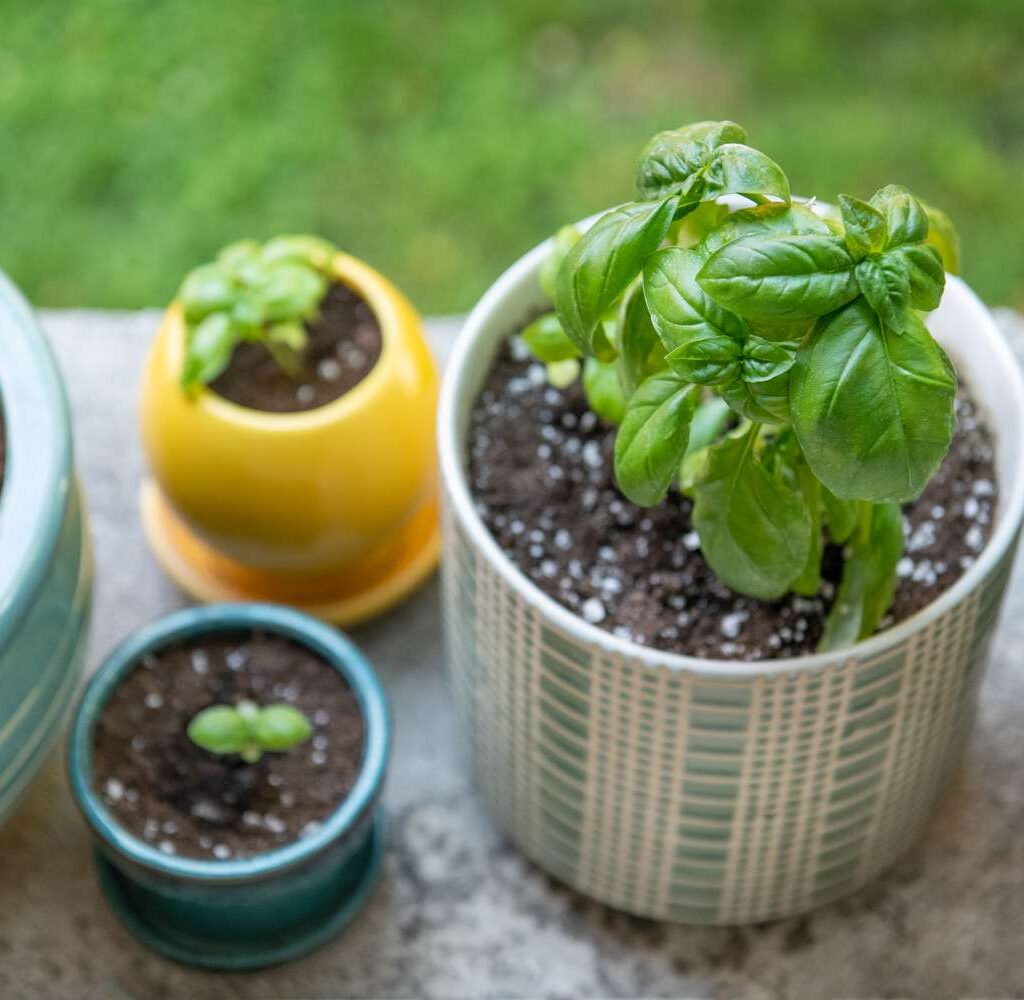
Growing basil indoors isn’t just convenient — it’s rewarding and practical. Here’s why:
- Fresh herbs at your fingertips, anytime
- A natural air freshener with its sweet, peppery aroma
- Compact and perfect for small spaces or apartments
- Pest control is easier indoors
- Requires minimal tools and space
Best Basil Varieties for Indoor Growing
While basil thrives indoors, some varieties perform better in containers and limited sunlight. Here are popular, indoor-friendly types:
- Sweet Basil: Classic flavor, perfect for cooking and pesto.
- Greek Basil: Compact, bushy growth, ideal for pots.
- Genovese Basil: Large, fragrant leaves, perfect for Italian dishes.
- Thai Basil: Distinct licorice flavor, used in Asian cuisines.
- Lemon Basil: Bright, citrusy flavor, great for teas and seafood.
How to Grow Basil Indoors: Step-by-Step
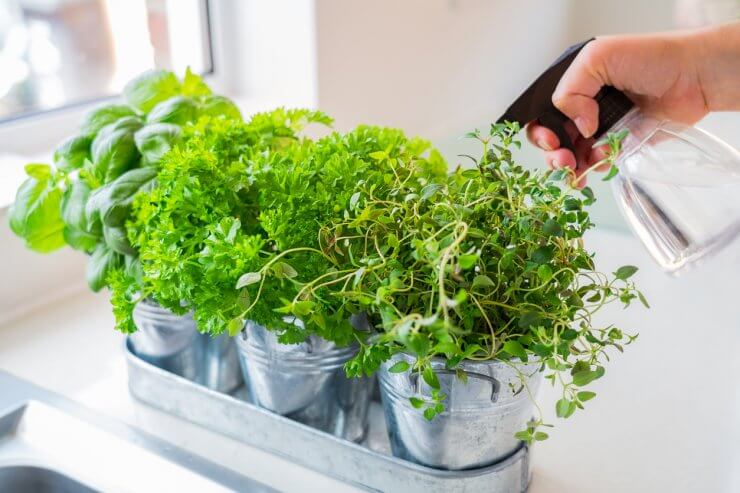
Let’s get into the details of successfully growing lush, flavorful basil inside your home.
Step 1: Choose the Right Pot
Basil loves space to stretch its roots. Choose a container:
- At least 6–8 inches deep
- With good drainage holes
- Made of terracotta, ceramic, or plastic
Tip: If planting multiple seedlings, space them 6 inches apart in a larger container.
Step 2: Use Well-Draining, Nutrient-Rich Soil
Basil thrives in:
- Light, fluffy, organic potting mix
- Mixed with perlite or coconut coir for drainage
- pH level between 6.0–7.5
Avoid garden soil indoors, as it may harbor pests and compacts easily in pots.
Step 3: Planting Basil
You can grow basil:
- From seeds: Inexpensive and satisfying to watch sprout.
- From cuttings: Fastest way to multiply basil from store-bought or garden plants.
From Seeds:
- Fill your pot with soil.
- Plant seeds 1/4 inch deep.
- Lightly water to moisten soil.
- Cover with plastic wrap (optional) to maintain humidity until sprouting.
Seeds usually germinate in 5–10 days.
From Cuttings:
- Cut a healthy, non-flowering basil stem, 4–6 inches long.
- Remove lower leaves.
- Place in a glass of water in indirect sunlight.
- Roots form in 7–14 days.
- Once roots are 2 inches long, plant in soil.
Step 4: Provide Plenty of Light
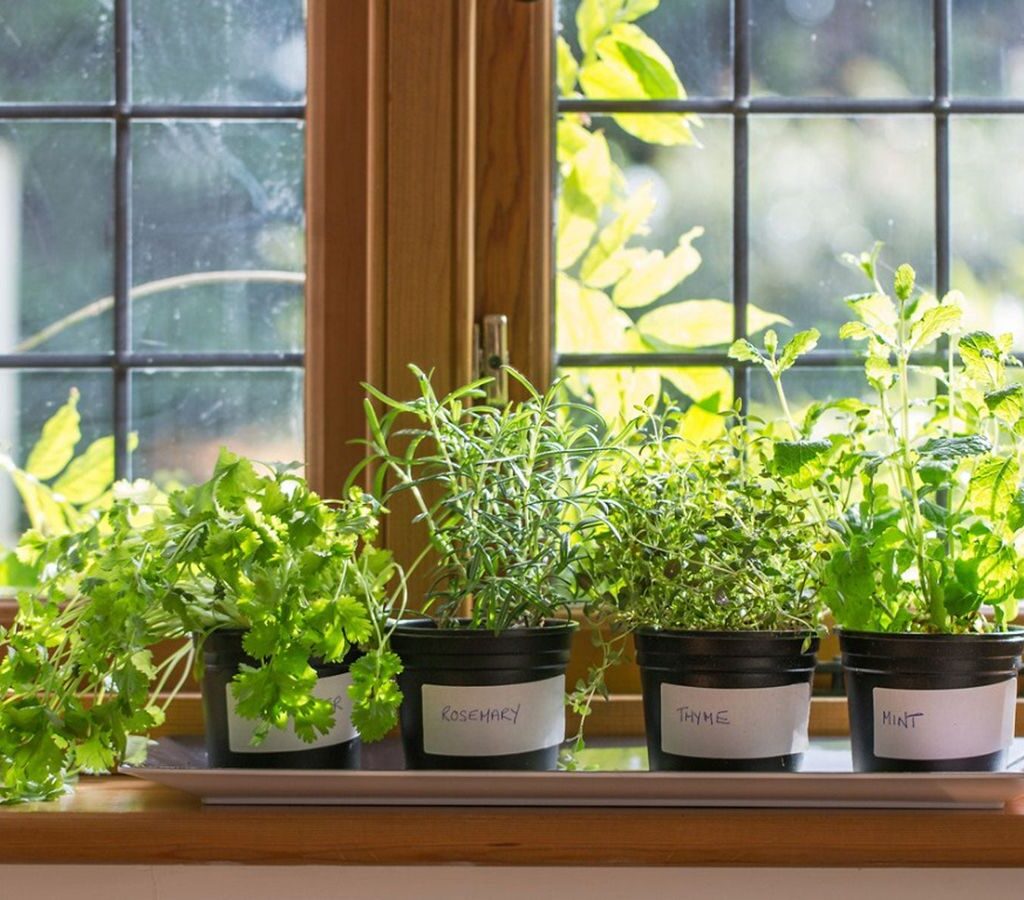
Basil craves sunlight.
Ideal conditions:
- 6–8 hours of bright, indirect sunlight daily
- South or west-facing windows are best.
If natural light is insufficient:
- Use LED grow lights positioned 6 inches above the plant.
- Keep lights on for 12–14 hours a day.
Step 5: Water Wisely
Basil likes moist, but not soggy soil.
Watering tips:
- Check soil by inserting your finger 1 inch deep. If dry, water.
- Avoid overhead watering. Water at the base to prevent mildew.
- Ensure excess water drains completely.
- Mist leaves occasionally in dry conditions for humidity.
Step 6: Maintain the Right Temperature and Humidity
Basil thrives in warmth.
Ideal temperature:
- 18°C–26°C (65°F–80°F)
- Avoid cold drafts and sudden temperature drops.
For humidity:
- Group plants together.
- Place a pebble tray with water nearby.
- Mist leaves occasionally.
Step 7: Feed for Healthy Growth
Indoor basil benefits from occasional feeding.
Fertilizer tips:
- Use a balanced liquid fertilizer (10-10-10 or organic options).
- Feed once every 4–6 weeks during active growth.
- Avoid over-fertilizing — it can reduce flavor intensity.
Step 8: Regular Pruning and Harvesting
Frequent pruning encourages bushier, healthier growth.
How to prune:
- Wait until your plant has at least 6–8 leaves.
- Pinch off the top set of leaves regularly.
- Remove any flowers promptly to prevent bitterness.
Harvesting:
- Pick leaves from the top down.
- Harvest in the morning when oils are most concentrated.
- Avoid stripping more than 1/3 of the plant at a time.
Troubleshooting Common Basil Problems
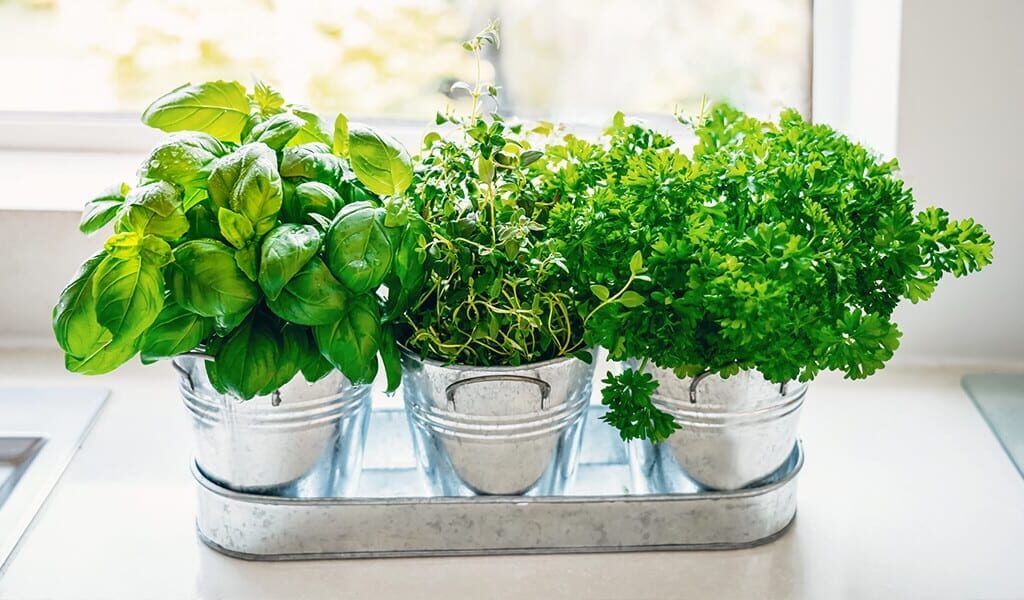
| Problem | Cause | Fix |
|---|---|---|
| Yellowing leaves | Overwatering, nutrient deficiency | Check soil, adjust watering, fertilize |
| Leggy, weak stems | Not enough light | Move to a brighter spot or add grow lights |
| Leaves wilting | Underwatering or temperature stress | Water consistently, maintain warmth |
| Powdery mildew on leaves | Poor air circulation, humidity | Prune crowded leaves, improve airflow |
| Brown leaf edges | Low humidity | Mist leaves or use a pebble tray |
Bonus Tips for Year-Round Indoor Basil
- Rotate your plant weekly for even light exposure.
- Clean leaves regularly to prevent dust buildup.
- In winter, reduce watering as growth slows.
- Take cuttings before winter to start fresh plants indoors.
- Use self-watering pots for consistent moisture.
Fun Basil Uses for Families
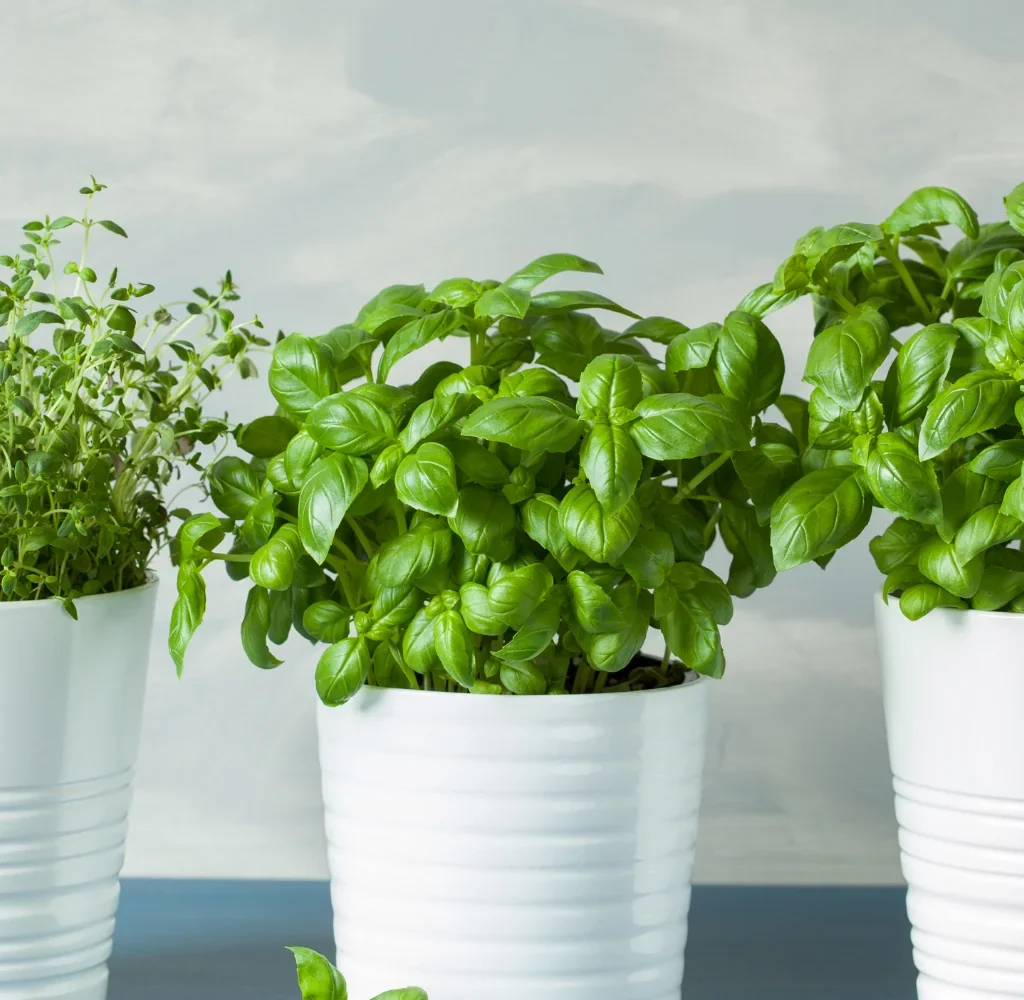
Once you have fresh basil at home, put it to good use!
- Make homemade pesto sauce.
- Add leaves to lemonade or herbal teas.
- Sprinkle on pizza, salads, or soups.
- Use leaves in DIY natural air fresheners.
- Infuse in olive oil for flavored dressings.
Final Thoughts
Growing basil indoors year-round is easier than you might think. With good light, well-drained soil, and regular care, you can enjoy fresh, aromatic basil leaves on demand — whether it’s winter or summer.
From sprouting seeds to snipping fresh leaves for your pasta, the process is both rewarding and relaxing. So, clear a sunny spot on your windowsill, grab a pot and some seeds, and start your indoor basil-growing journey today.

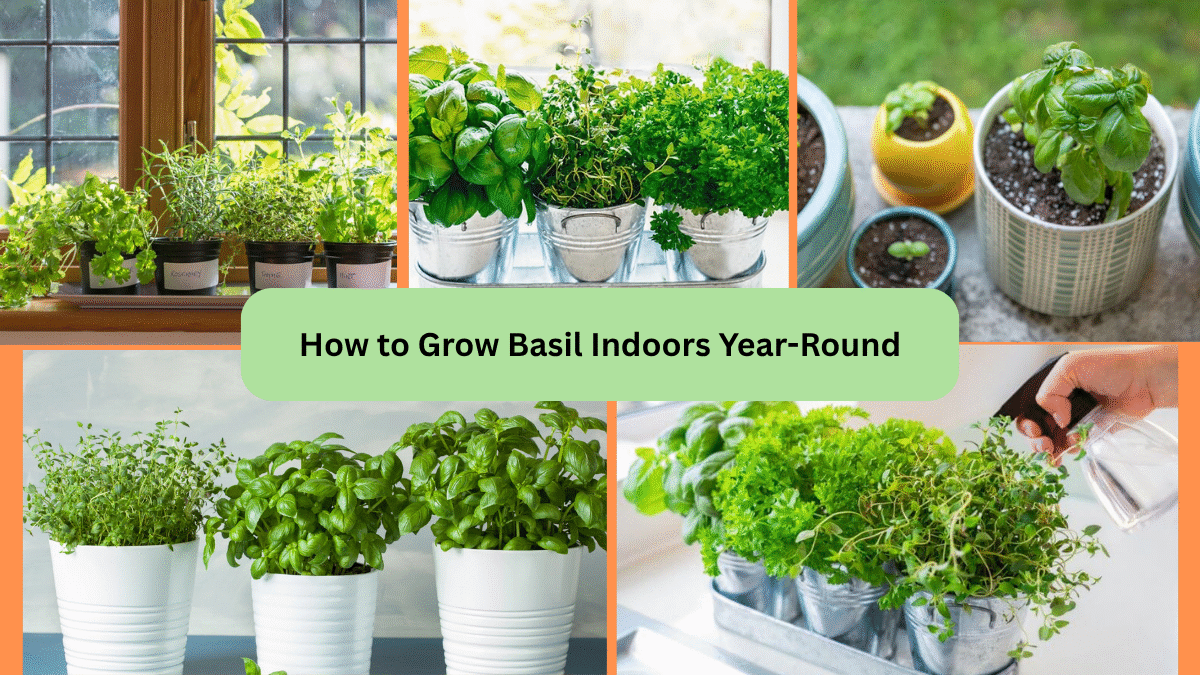
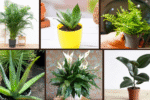
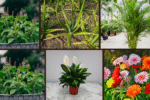


Leave A Comment